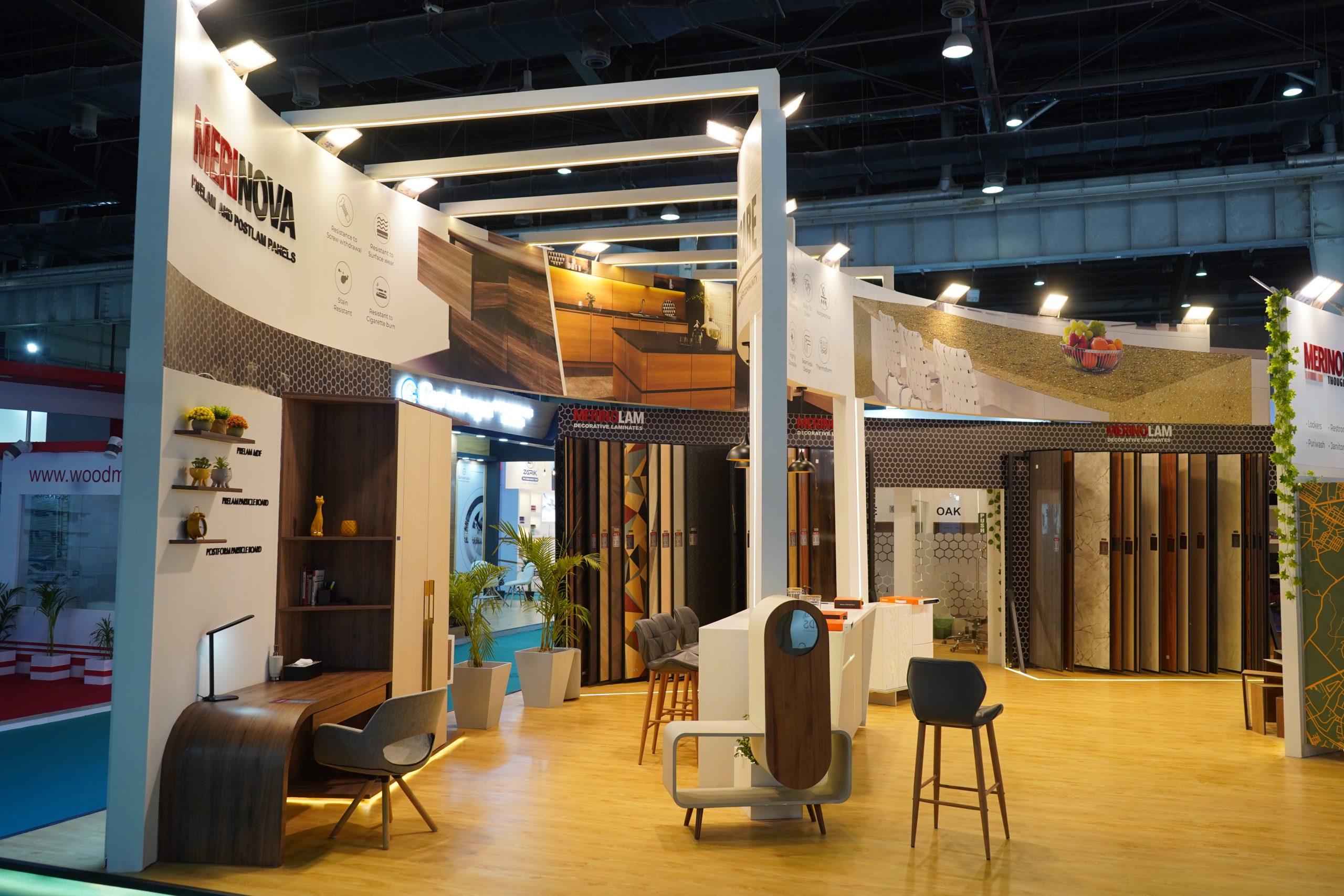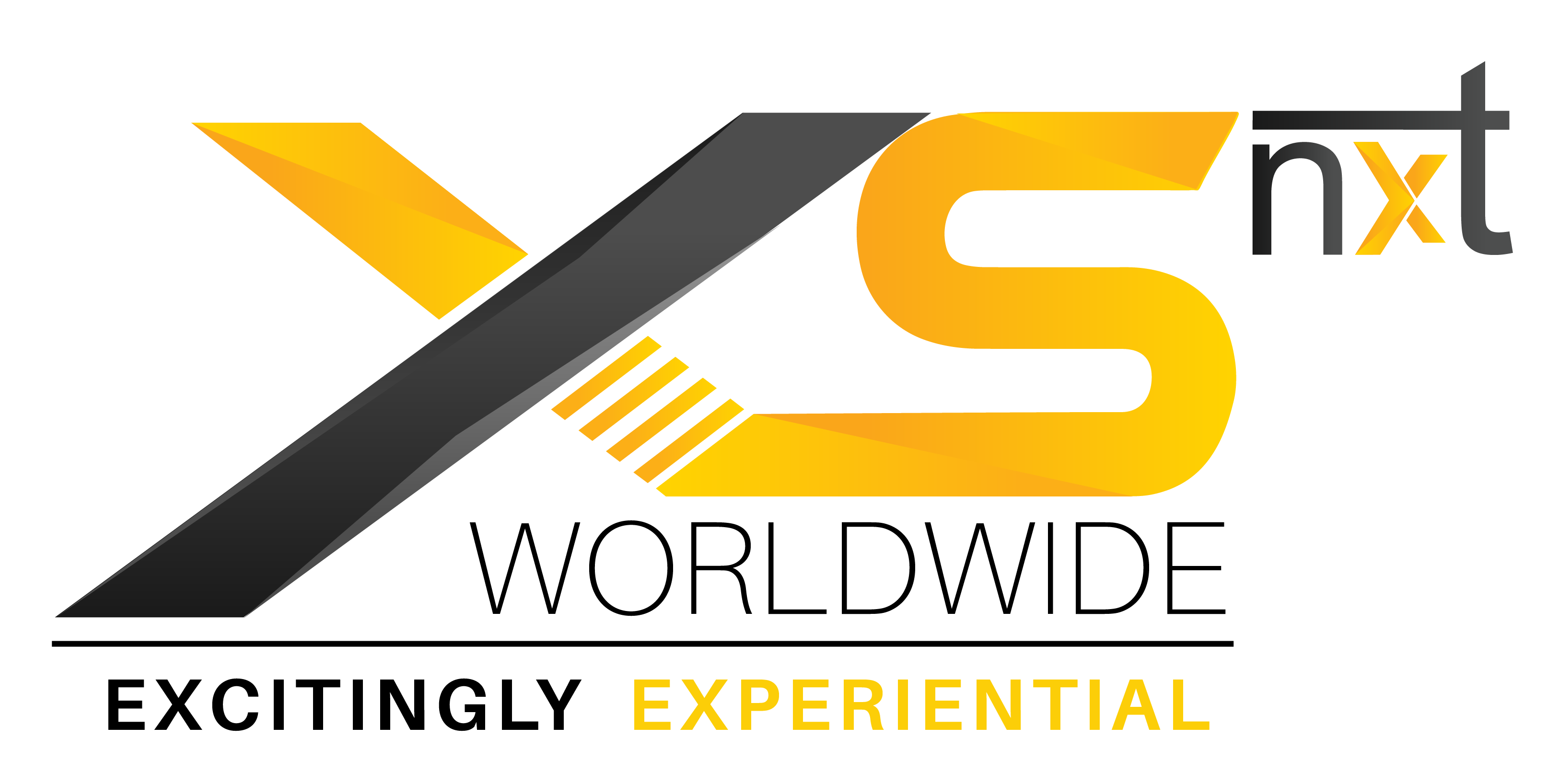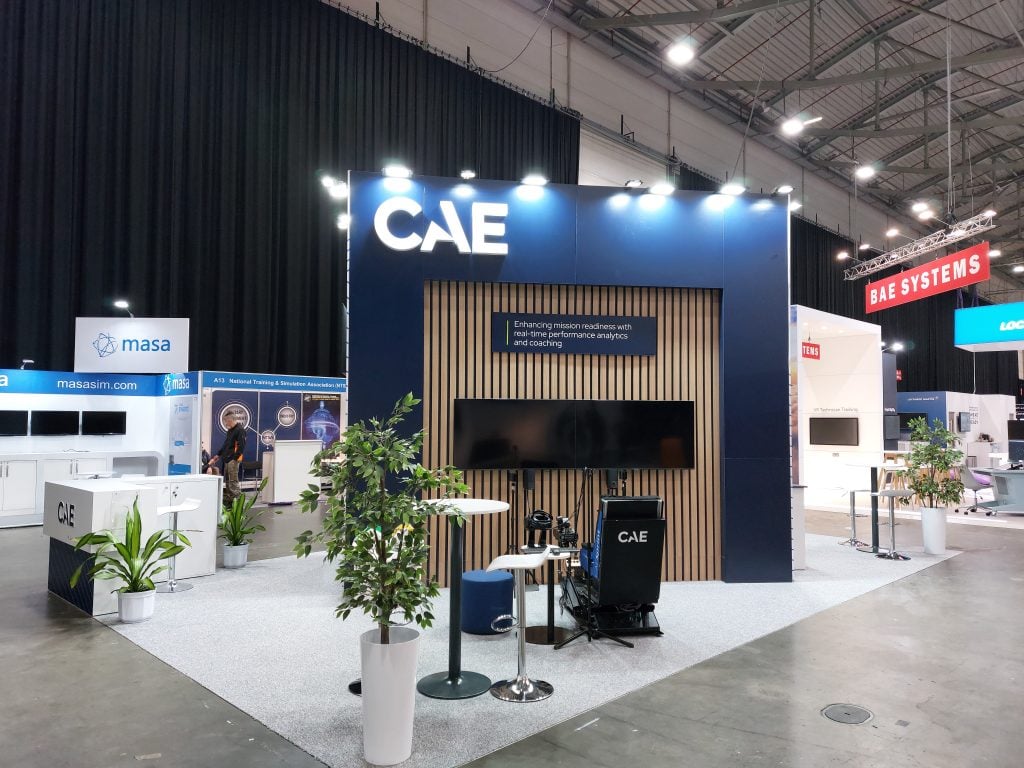
Introduction:
In today’s digital age, connectivity is key. The Internet of Things (IoT) has revolutionized the way we interact with the world around us, enabling everyday objects to communicate and exchange data seamlessly.
This transformative technology is now making its mark on exhibit booth design, offering exhibitors the opportunity to create interactive and immersive experiences that engage and captivate attendees. In this article, we’ll explore the IoT in action and how it is connecting booth elements for seamless interaction.
Understanding the Internet of Things (IoT):
The Internet of Things (IoT) refers to the network of interconnected devices and objects that are equipped with sensors, software, and other technologies to collect and exchange data. These devices can communicate with each other and with other systems over the internet, enabling real-time monitoring, control, and automation of various processes.
In the context of exhibit booth design, IoT technology allows exhibitors to create dynamic and interactive experiences by connecting booth elements such as displays, lighting, signage, and audiovisual equipment.
Interactive Displays and Touchscreens:
One of the most common applications of IoT technology in trade show exhibit booth design is interactive displays and touchscreens. These displays are equipped with sensors and software that allow attendees to interact with content in real-time, such as product demos, virtual tours, or interactive games.
By connecting these displays to the internet, exhibitors can gather valuable data on attendee engagement and preferences, allowing them to tailor their messaging and offerings accordingly.
Smart Lighting and Ambient Controls:
IoT-enabled lighting systems are another popular feature in modern trade show exhibit booth design. These systems use sensors and smart controls to adjust lighting levels, colors, and effects based on factors such as attendee traffic, time of day, or environmental conditions.
Smart lighting can create dynamic and immersive environments that enhance the overall booth experience and draw attention to key areas or products. Additionally, exhibitors can use IoT data to optimize energy usage and reduce costs while creating impactful visual displays.
Integrated Audio Visual Experiences:
IoT technology enables seamless integration of audiovisual elements such as speakers, projectors, and digital signage within exhibit booths. These elements can be synchronized and controlled remotely, allowing exhibitors to create immersive audiovisual experiences that engage multiple senses simultaneously.
Whether it’s a synchronized multimedia presentation, interactive product demonstration, or ambient soundscapes, IoT-enabled audiovisual experiences can captivate attendees and leave a lasting impression.
Real-time Analytics and Feedback:
One of the most powerful aspects of IoT technology in trade show exhibit booth design is its ability to provide real-time analytics and feedback. By collecting data on attendee interactions, dwell times, and engagement levels, exhibitors can gain valuable insights into the effectiveness of their booth design and marketing efforts.
This data can inform strategic decisions and optimizations in real-time, allowing exhibitors to maximize their return on investment and drive better results.
Conclusion:
In conclusion, the Internet of Things (IoT) is transforming trade show exhibit booth design by connecting booth elements for seamless interaction and immersive experiences.
From interactive displays and smart lighting to integrated audiovisual experiences and real-time analytics, IoT technology offers exhibitors unprecedented opportunities to engage and captivate attendees.
By harnessing the power of IoT, exhibitors can create dynamic and memorable booth experiences that drive engagement, foster connections, and ultimately, achieve their marketing objectives.


 US
US
 EU
EU


